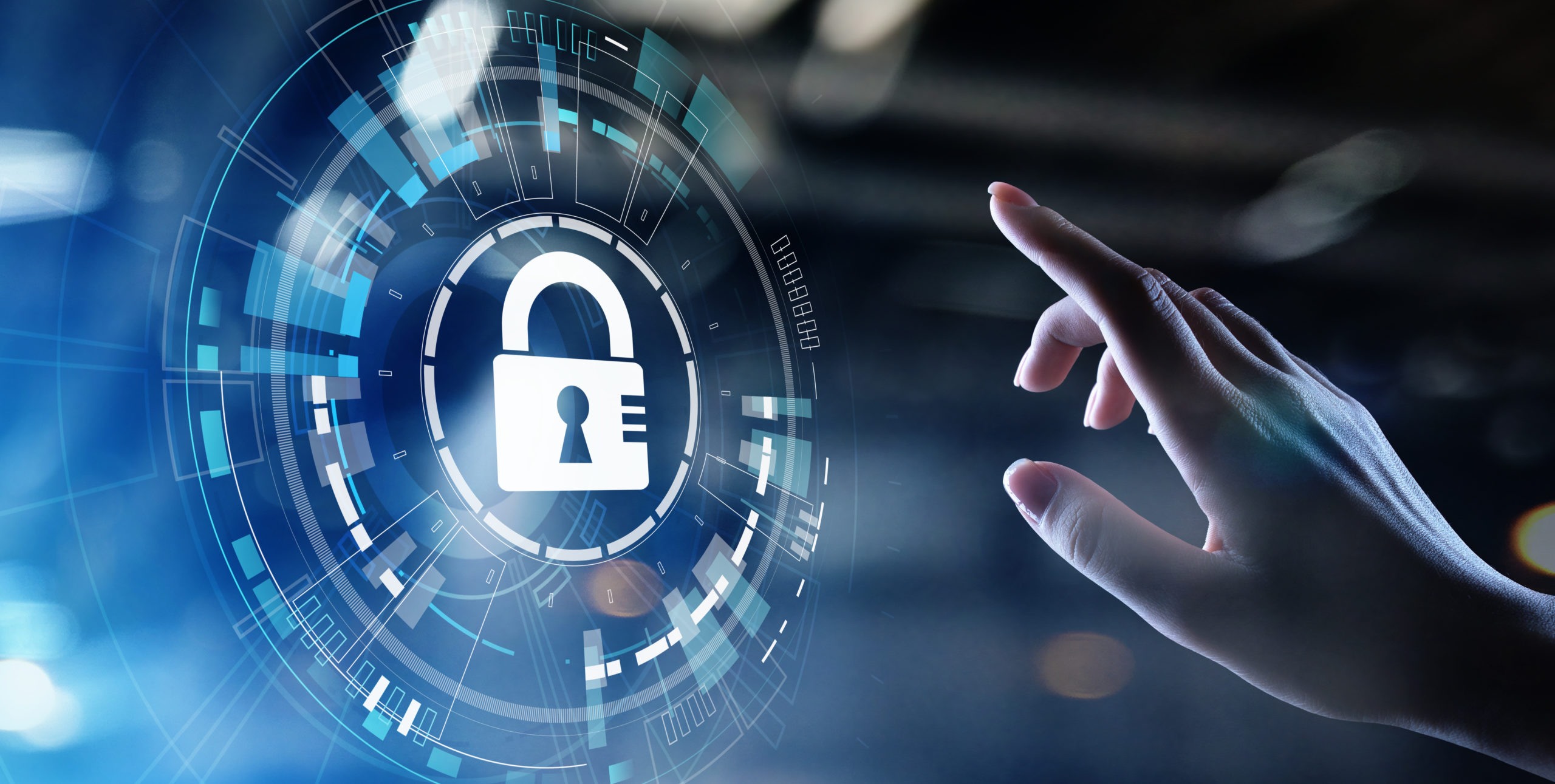During the COVID-19 lockdown, many business and school facilities have shut down and are now poised to reopen. This calls for new security processes and procedures to ensure the overall health and safety of personnel and the organizations they’re affiliated with.
As the country starts to reopen, businesses, organizations and government facilities will do so in a new environment. They all share a new awareness of pandemic dangers and hopefully, a healthy caution and willingness to make the necessary adjustments to daily operations now required to improve safety and security for all involved.
Here are four ways to update security systems today to better accommodate operations in the post-pandemic world while maintaining flexibility to meet future needs:
#1: Balancing security plans and procedures
In every security plan, there is a tradeoff between allocating resources and preventing security incidents, and establishing the right balance to strengthen incident response. Prudent security managers know that allocating too many resources to either side leaves their organization in a weak position. The correct balance may be different for every team, based on the potential range of incidents, the specifics of the teams, and their priorities.
Chances are good that it has been a while since these strategic decisions have been reviewed, discussed, and updated. With the new organizational challenges related to COVID-19, it is now critical to examine security policies, budgets, and plans to ensure they address new health and safety concerns. Make sure your plans are balanced with appropriate weighting, attention, and support for newly defined challenges like social distancing and health monitoring. This also includes reviewing tactics for prevention versus response, technology and training, and automation versus manual processes. Solutions such as Sielox CLASS (Crisis Lockdown Alert Status System) Emergency Notification and Response Solution supports both sides of the scale. Existing access control systems like Sielox Pinnacle Access Control Platform also feature a utility that “counts” human entries into a facility or even specific room. This occupancy counter can provide compliance with new limits on facility occupancy mandates.
#2: Fortify cyber-resistance
With the significant uptick of remote working, learning, and communications, now is a time to spend some attention on cybersecurity and cyber hygiene. Some organizations, such as one major Colorado school district, are addressing the growing cybersecurity threat by considering the segregation of their physical security network from the administrative and student network to minimize the risks of cyber breaches. Some experts do recommend dedicating separate physical security networks for operating security and emergency communications systems, including access control, video surveillance and intrusion alarms, reasoning that this approach not only provides better cyber protection for physical security systems, but also preserves the operation of these critical systems if operational networks fail for any other reason.
As the Colorado example suggests, security strategy is a complex topic that can reach across organizational boundaries. Now is a great time for your team to consider the bigger picture of cybersecurity and the latest developments and recommendations from experts. At the very least, review and update your cybersecurity protocols, and update your plans for periodic training and reinforcement of good cyber hygiene practices ranging from strong passwords, to backups, monitoring for unusual network activity, and similar factors.
#3: Strengthen the human elements
Continuing on the topic of training, now is a perfect time to clarify your organization’s current status and desired goals with regard to security training, practice, and testing. When your occupants are well-trained and practiced, appropriate actions are more likely to be successful during an actual emergency.
Some organizations undertake a training program once a year, for example, which could mean that new hires in between trainings go for up to a year without being trained or practicing the organization’s emergency policies. More frequent training updates, or other elements of a security plan can be implemented to improve the situation. For example, one school system that implemented Sielox CLASS integrated use of the system into their everyday check-in activities. This ensured that all the users became very familiar with the system and should be able to use it immediately in the case of an emergency.
Security teams may also configure Sielox CLASS when screening for elevated temperature, wearing a mask or upon learning of positive test results to immediately notify the medical staff and begin response procedures.
By adding cost effective readers existing systems facility managers can triage entrances for mask and temperature compliance mandates.
Taking time now to review how people are trained, along with how they practice and interact with emergency systems, will pay handsome dividends if and when those systems are needed.
#4: Take action
The most important aspect of improving security and emergency readiness is to actually do it. There are certainly specific recommendations being provided by the CDC and other agencies about how to reduce the spread of diseases, including distancing, hand washing, use of masks, implementing no-touch door openers, and similar tactics. But none of these will be the final recommendations – new guidance will come out from time to time, and new emerging factors will require more security plan updates in the future.
Waiting for the final version to implement updates is not a reasonable approach. Instead, implementing periodic reviews and taking action is the better way to improve the overall risk management position of the organization. The current state of reduced occupancy is the perfect time to implement some changes, and the same goes for the coming ramp-up period while facilities will still be below full capacity.
Next Steps
If you haven’t updated your security plans in a while, it’s definitely time to make it a priority! You will have the security of knowing your facility is as prepared as possible.
Learn more about our powerful, and highly cost-effective lockdown and emergency notification solutions here: https://sielox.com/solutions/
